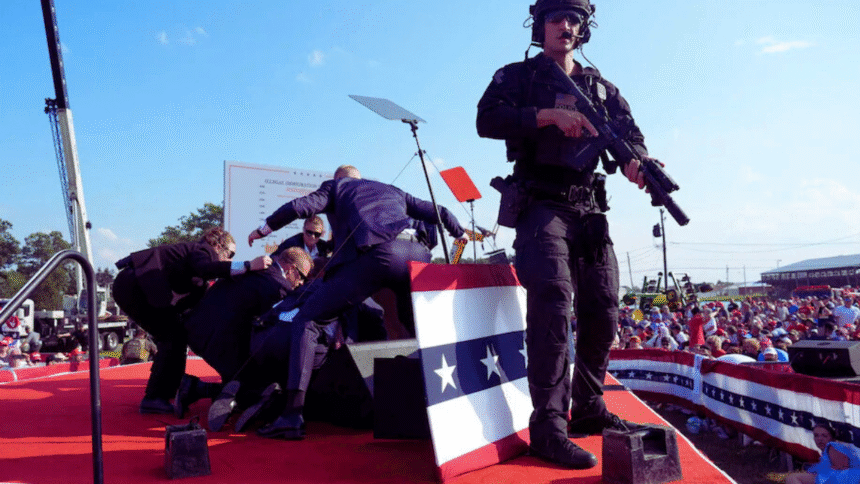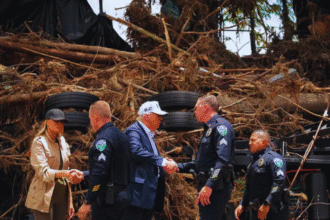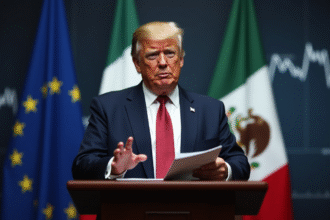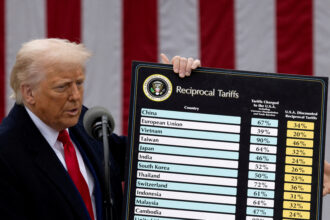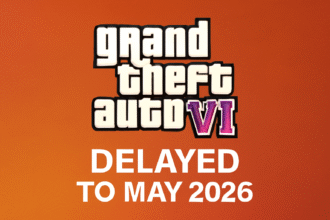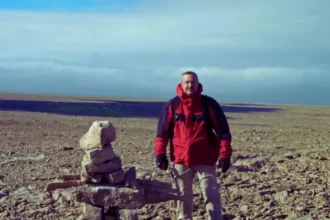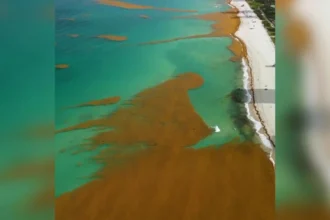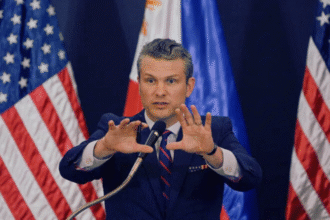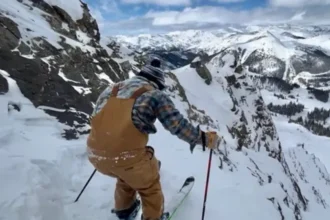A year after a gunman fired at former president Donald Trump during a Pennsylvania campaign rally, a Senate investigation has found the Secret Service committed a series of avoidable failures that left Trump exposed despite warnings of elevated threats.
In a report released Sunday, the Senate Homeland Security and Governmental Affairs Committee described the security breakdown as a “cascade of preventable errors.” The document criticizes the agency for denying multiple requests for added security measures and for failing to communicate critical warnings on the day of the attack, which killed one rallygoer, wounded two others, and left Trump with a bullet graze near his right ear.
The committee’s findings offer the most detailed public accounting yet of what went wrong in Butler, Pennsylvania, on July 13, 2024—a day that nearly saw the assassination of a former president and leading presidential candidate.
Multiple Requests for Security Enhancements Were Rejected
According to the committee, Trump’s protective detail submitted at least four separate requests for additional security support in advance of the rally. These requests included calls for countersniper teams and other tactical enhancements, prompted by intelligence suggesting an elevated threat environment.
But the Secret Service headquarters either denied or ignored those requests, the Senate report says, leaving the security plan in place despite internal concerns.
Sen. Rand Paul (R-Ky.), who chairs the committee, said in an interview that the agency’s leadership failed to treat the risk seriously enough.
Also Read:- USA NEWS TODAY: Volunteer Search-and-Rescue Teams Face Their Own Crisis Amid Federal Cuts
“This wasn’t one mistake,” Paul said. “It was a series of failures where everyone pointed the finger at someone else.”
Breakdown in Communication on Day of the Attack
The report also highlights major communication failures among Secret Service personnel as the threat developed.
Roughly 25 minutes before the shooting began, local law enforcement warned the Secret Service’s security command room about a man outside the event perimeter using a range finder—a potential sign of pre-attack surveillance.
Yet the Senate committee found no evidence that the security room agent relayed this alert over the radio to teams on the ground.
A Pennsylvania State Police officer testified that he personally informed the security room agent about the search for the suspect. But the agent later told investigators he had no other contact with local officers that day and was unfamiliar with their operations plan.
“I got the distinct impression there was no urgency,” the state police officer said in testimony.
By the time the attacker, 20-year-old Thomas Matthew Crooks, climbed onto a rooftop with an AR-style rifle and opened fire, Trump’s security detail was caught off guard.
Also Read:- Trump’s 30% Tariff Shock! Europe & Mexico Targeted Again
Minimal Disciplinary Action for Secret Service Personnel
The report also details how the Secret Service handled accountability after the attack.
Six agents received unpaid suspensions ranging from 10 to 42 days. The site agent responsible for planning the rally’s security received a one-day suspension for policy violations and a 42-day suspension for negligence in duty.
Supervisors in Pittsburgh received 14-day suspensions. A team leader was suspended for 35 days and reassigned to restricted duty.
No agents were fired.
Sen. Paul said the agency only turned over disciplinary records after his committee issued a subpoena, raising questions about transparency.
Also Read:- Texas Flooding Death Toll Rises: 129 Dead, New Flood Watch Issued Across Hill Country
“No one lost their job for this. Some of them could be planning security for another candidate right now,” Paul said.
Known Threats Before the Rally
The report describes how, in the weeks before the Butler rally, U.S. security officials were tracking intelligence about an alleged Iran-linked plot to assassinate Trump and other American targets.
During the first week of July 2024, Secret Service leadership decided to deploy countersniper teams at all Trump rallies—a break from prior practice for former presidents. The Butler rally was the first to receive this enhanced security posture.
Despite that, the Senate report argues the Secret Service failed to ensure countersnipers on site were properly briefed on the elevated threat environment.
Investigators said senior supervisors assigned a relatively inexperienced agent to plan the site security, and that known line-of-sight problems went unaddressed.
“The lack of structured communication was likely the greatest contributor to the failures,” the report concluded.
Former Director Pushes Back on Lying Claims
The investigation also examined conflicting testimony from former Secret Service director Kim Cheatle.
Cheatle had told Congress that no requests for added security at the Butler rally were denied. The Senate committee found evidence to the contrary, documenting multiple requests that were rejected or not acted on.
On Sunday, Cheatle defended her testimony, saying she relied on information from headquarters and Trump’s security detail when she told lawmakers no requests had been denied.
“Any assertion that I lied to Congress is false,” she said in a statement.
Cheatle also emphasized that the discipline handed down after the attack was for a team-wide failure rather than individual misconduct.
Secret Service Promises Reforms
Current Secret Service director Sean Curran said in a separate statement Sunday that the agency has already implemented changes to address the shortcomings described in the Senate report.
“We took a serious look at our operations and implemented substantive reforms,” Curran said.
The agency says reforms include improving communication protocols in command centers, expanding training for agents, and clarifying accountability for security planning.
A Deadly Day That Almost Changed History
On the day of the attack, Crooks scaled a building just outside the rally’s security perimeter and fired on the crowd, killing one person and seriously injuring two others before grazing Trump’s ear. He was shot dead at the scene by law enforcement.
A year later, the shooter’s exact motive remains unclear to investigators.
The Senate report largely reiterates details first published in a preliminary 133-page bipartisan investigation last September, while adding new testimony about the breakdown in communication and the limited punishment handed out afterward.
Broader Questions About Security
The Butler rally shooting stands as the most serious attempted assassination of a major U.S. political figure in decades.
It has prompted a wider debate about how prepared the Secret Service is to confront modern security threats, especially during an era of intense political polarization and violent rhetoric.
While the Secret Service insists it has learned from its mistakes, the Senate report warns that accountability remains insufficient—and that the agency must do more to ensure such failures are never repeated.
